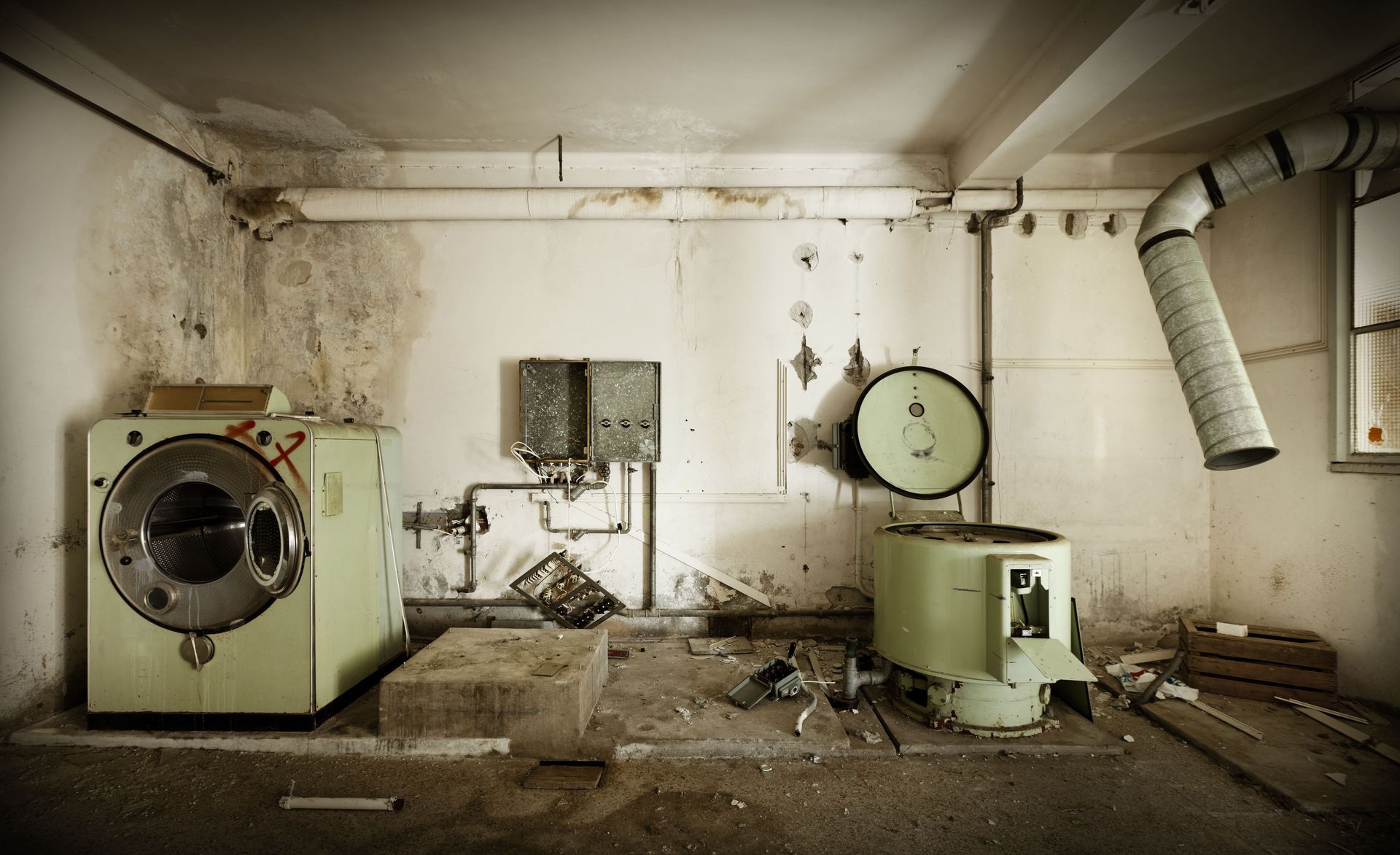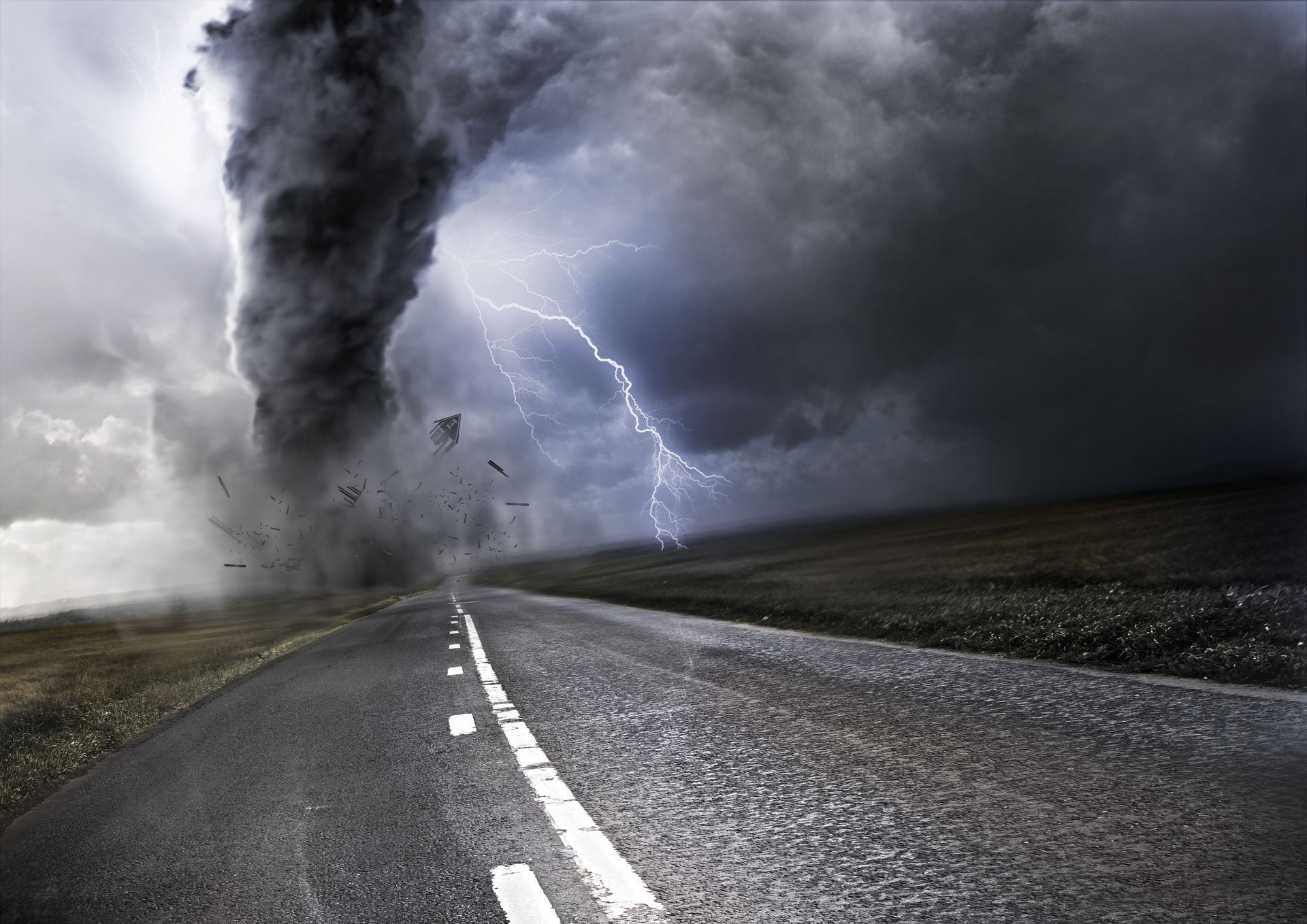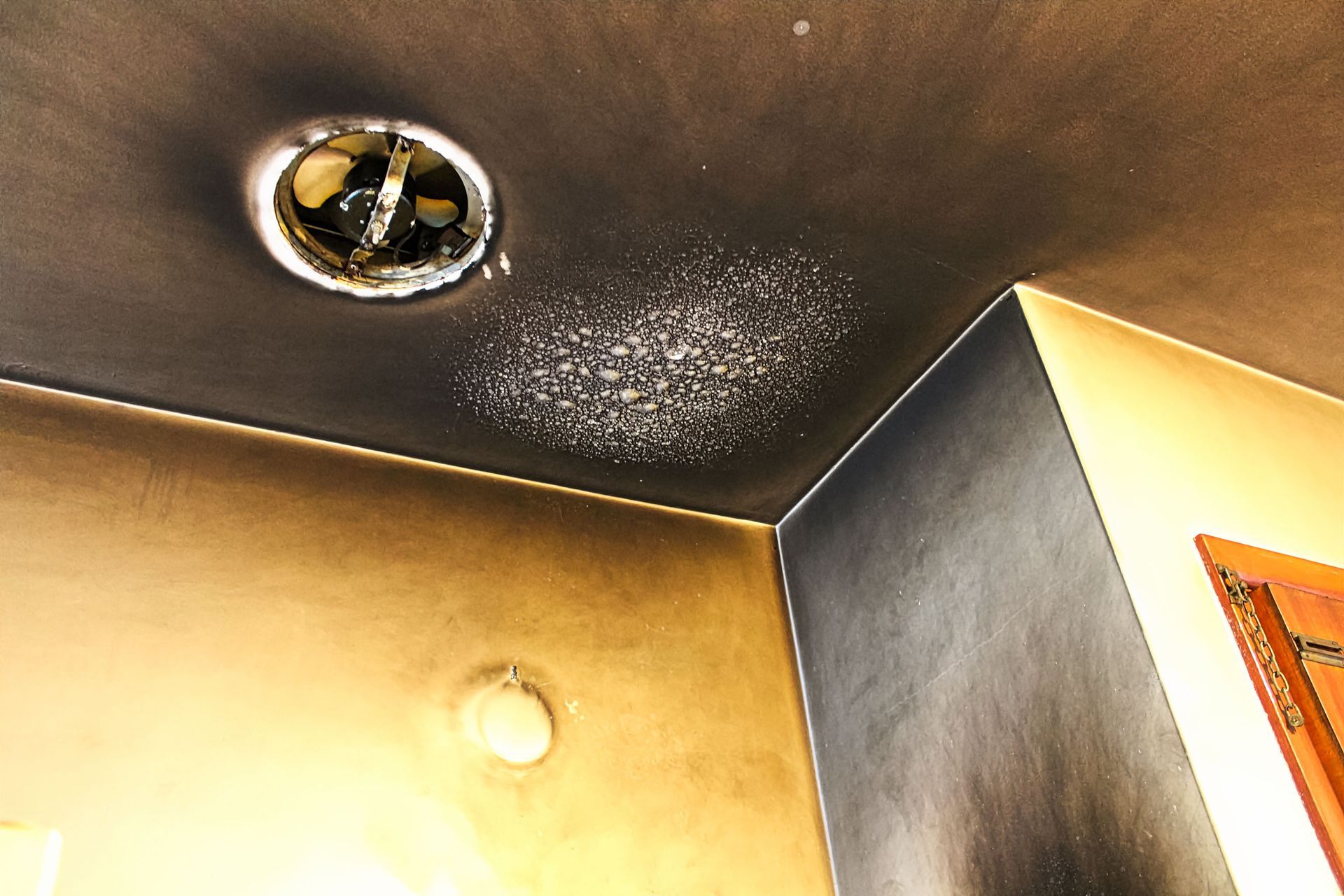August 7, 2025
If you have recently become a victim of vandalism or theft, we are here for you! We understand how frustrating and scary the situation can be. Whether your home or business was just broken into, there are a few measures you can take to help you restore your home or business security and prevent issues in the future. It is important to act quickly so that you can avoid further theft or damage. If your home has been robbed or vandalized, read more to find out what to do next.
File a Police Report
The first step before anything else should be to call the police right away before entering your damaged property. This is the most important step to ensure safety and prevent any harm. It’s important to call the police right away if you notice a broken window or that something about your home or business is off. Stay away from the crime scene until the police further investigate the situation.
Inventory List
It’s best to have an inventory list in case anything like this happens so that you can keep track of important items in your home. When you face vandalism or property damage, you are going to want to write up a list of damaged or stolen items before contacting your insurance. The more information you have on what each item is worth, the more your insurance can help in covering those lost items. Useful information can include photos, receipts, and appraisals. Once the police have investigated your home, be sure to check every room and drawer, so you can write down what is missing. Your list and the police report will allow you to make an exact claim, so you are able to receive money for those missing items.
Contact Your Insurance Company
When you become a victim of theft or your property has been vandalized, you are going to want to contact your insurance right away. Once you are familiar with your homeowner or business policy, you will need to look into what coverage is available and will want to have your inventory list ready.
Secure Your Home
Once you take the steps to report your vandalized property, now you need to do all you can to protect your home from further damage or theft. A broken window can attract other vandals to your home and this is the last thing you want. No need to add more stress to the situation. Now is a good time to call in the professionals to clean up the mess and board up any broken windows and doors, until a full restoration process can take place. Call Rapid Restoration and we can give you the help and information you need to solve this problem. We can restore any damaged or broken windows.
Prevent Vandalism
There are a few ways to prevent vandalism from happening again in the future. A few ways to protect your home is to:
- Install a security system – A security system can keep you feeling confident when you are on vacation or away from home. If you have cameras installed in your home, this can give police the information they need.
- Invest in break-resistant glass – Break-resistant glass is a lot stronger than regular glass and can be a great way to prevent robberies.
- Keep your property well lit – The more light you have around your property at night, the more likely burglars will avoid breaking into your home. Set a timer or keep a light on when you are away for the night.
- Keep in contact with your neighbors – Work together with your community and contact those close to you to keep an eye on your property while you are away. Also, if you ask local businesses about their experiences with theft or vandalism, this can help you to create a game plan for the future and know what to watch out for.
- Get involved with your local watch group – You can join or start a business or neighborhood watch group in your area. This is a great way to get involved in the community and keep each other’s property safe.
- Quickly clean up the area – It’s important to clean up any damaged areas and call in someone to repair broken doors and windows, so that you can prevent any further problems.
Do all you can now to protect your property from having any issues in the future!
Call Rapid Restoration Today!
If you recently experienced a vandalized home or business, then the professionals at Rapid Restoration are her to help you recover your property! Our team will work with you to provide the restoration services your Minnesota residential or commercial property needs. No matter how large or small your property repairs or reconstruction are, give Rapid Restoration a call and we can answer any questions you may have about our reconstruction services!




